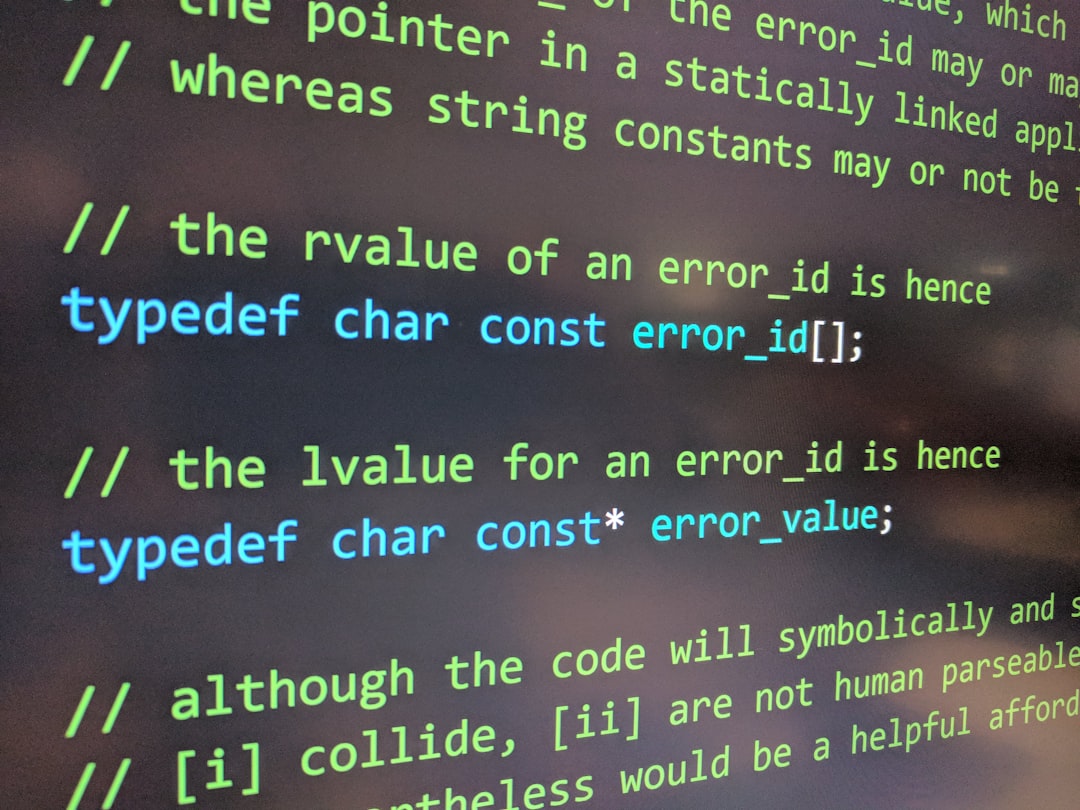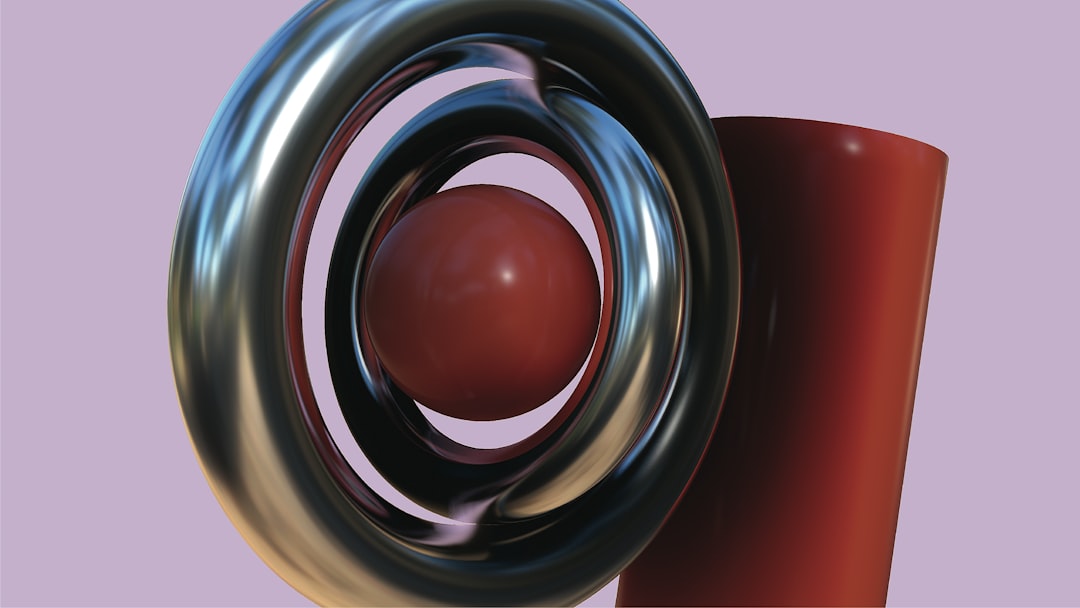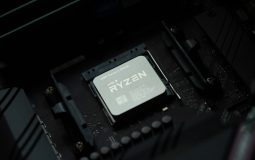Image optimization is a critical aspect of modern web development. With the continual growth of image-rich websites, ensuring that these assets are fast-loading without sacrificing visual quality is paramount. Among various image formats, WebP has emerged as a clear frontrunner due to its superior compression and quality characteristics. In the world of system-level programming and high-performance tooling, the Rust programming language has steadily gained popularity — including for image conversion tasks. Converting JPG or PNG images into WebP using Rust is not only feasible but highly efficient and reliable.
Why Convert Images to WebP?
The WebP format offers several advantages over traditional formats like JPG and PNG:
- Better Compression: WebP provides 25% to 35% better compression compared to JPG and PNG formats with the same visual quality.
- Transparency Support: Like PNG, WebP supports alpha transparency — but with a smaller file size.
- Faster Page Load Times: Smaller images mean quicker page loads, leading to a better user experience and improved SEO rankings.
Because of these advantages, converting media assets to WebP has become a best practice. Rust, with its performance and safety-focused design, is ideally suited for building image processing tools.
Why Rust for Image Conversion?
Rust’s systems-level access and focus on memory safety without garbage collection make it a superb choice for performance-intensive tasks. When it comes to image format conversion, Rust offers:
- High performance: Minimal overhead and fast execution times.
- Thread safety: Encourages reliable multithreaded image processing pipelines.
- A modern ecosystem: A growing collection of libraries such as image, webp, and rayon make coding easier and more modular.
Rust’s type system and compiler checks significantly reduce the chances of runtime crashes or memory leaks, making it a great match for production-grade tools.
Getting Started with Rust Image Conversion
To build a simple image converter that turns JPG or PNG into WebP, a few crates (Rust libraries) are essential:
- image: A general-purpose library for loading and manipulating images.
- webp: A crate that enables encoding into the WebP format.
Start by adding these dependencies to your Cargo.toml file:
[dependencies]
image = "0.24.6"
webp = "0.1.5"
With these packages in place, we can write logic to detect image formats, decode them, and re-encode them into WebP.
Sample Code: Converting a JPG/PNG to WebP
Here is a simplified version of a converter script written in Rust:
use std::fs::File;
use std::path::Path;
use image::io::Reader as ImageReader;
use webp::Encoder;
fn convert_to_webp(input_path: &str, output_path: &str) -> Result<(), Box<dyn std::error::Error>> {
let img = ImageReader::open(input_path)?.decode()?;
let rgba = img.to_rgba8();
let encoder = Encoder::from_rgba(&rgba, img.width(), img.height());
let webp_data = encoder.encode(75.0); // Quality scale from 0 to 100
let mut output = File::create(output_path)?;
output.write_all(&webp_data)?;
Ok(())
}
This simple codebase handles the load-convert-save cycle. Depending on your specific needs, you can enhance it with batch processing, CLI support, or threading to parallelize conversion.

Performance Considerations
Rust’s architecture lends itself well to high-throughput tasks. You can further improve the performance of your converter in several ways:
- Multithreading: Utilize the rayon crate for concurrent processing of image batches.
- Lazy reading: If handling large data sets, stream images to avoid memory overhead.
- Caching: For frequently converted images, implement caching layers to skip redundant conversions.
The image decoding and WebP encoding stages are the most compute-intensive. Profiling your application using tools like cargo-flamegraph helps identify bottlenecks.
Handling Errors Gracefully
Converting formats can result in a range of runtime errors: corrupt images, unsupported formats, or file permission issues. Rust allows you to manage these efficiently with Result/Error types. Wrap conversion logic in comprehensive error handling flows to ensure graceful degradation or retries.
Command Line Interface (Optional but Useful)
Consider integrating a CLI using the clap crate to allow for terminal-based operation:
[dependencies]
image = "0.24.6"
webp = "0.1.5"
clap = { version = "4.3", features = ["derive"] }
This allows users to pass input/output file paths and preferences like image quality directly from the command line, further enhancing usability.
Edge Cases and Limitations
While the ecosystem is robust, there are still a few limitations to bear in mind:
- Limited EXIF Support: Metadata like orientation or geotagging may be lost unless explicitly handled.
- Animated WebP: Not all Rust libraries support encoding animated WebP yet.
- Alpha Handling: Be wary of transparency mismatches when converting PNG to WebP — especially when targeting lossy compression.

Use Cases in Production
Companies with high-resolution media portfolios stand to gain significantly from converting to WebP. For example:
- E-commerce Platforms: Faster product image loading translates into better UX and conversion rates.
- News Sites: Faster delivery of feature images improves engagement and reduces bounce.
- Mobile Apps: Hosts can reduce bandwidth use and improve mobile performance by shipping WebP over PNG or JPG.
Rust-based converters are especially useful in backend APIs or CI/CD pipelines where performance and reliability are mandated.
Future Prospects and Community Support
Rust’s community is active and constantly improving its image processing ecosystem. With better codec support and WebAssembly (WASM) bindings on the horizon, it’s only a matter of time before WebP conversion with Rust becomes even more streamlined — potentially enabling real-time, in-browser conversions via WASM backends or plugins.
Conclusion
Converting images from JPG or PNG to WebP format using Rust is not only technically sound but operationally efficient. Rust’s performance, safety, and rapidly maturing library ecosystem make it an excellent choice for deploying custom image pipelines, whether in development or at scale. By embracing WebP for your web assets and leveraging Rust for the conversion process, you align yourself with best practices in performance optimization without compromising code quality or maintainability.









